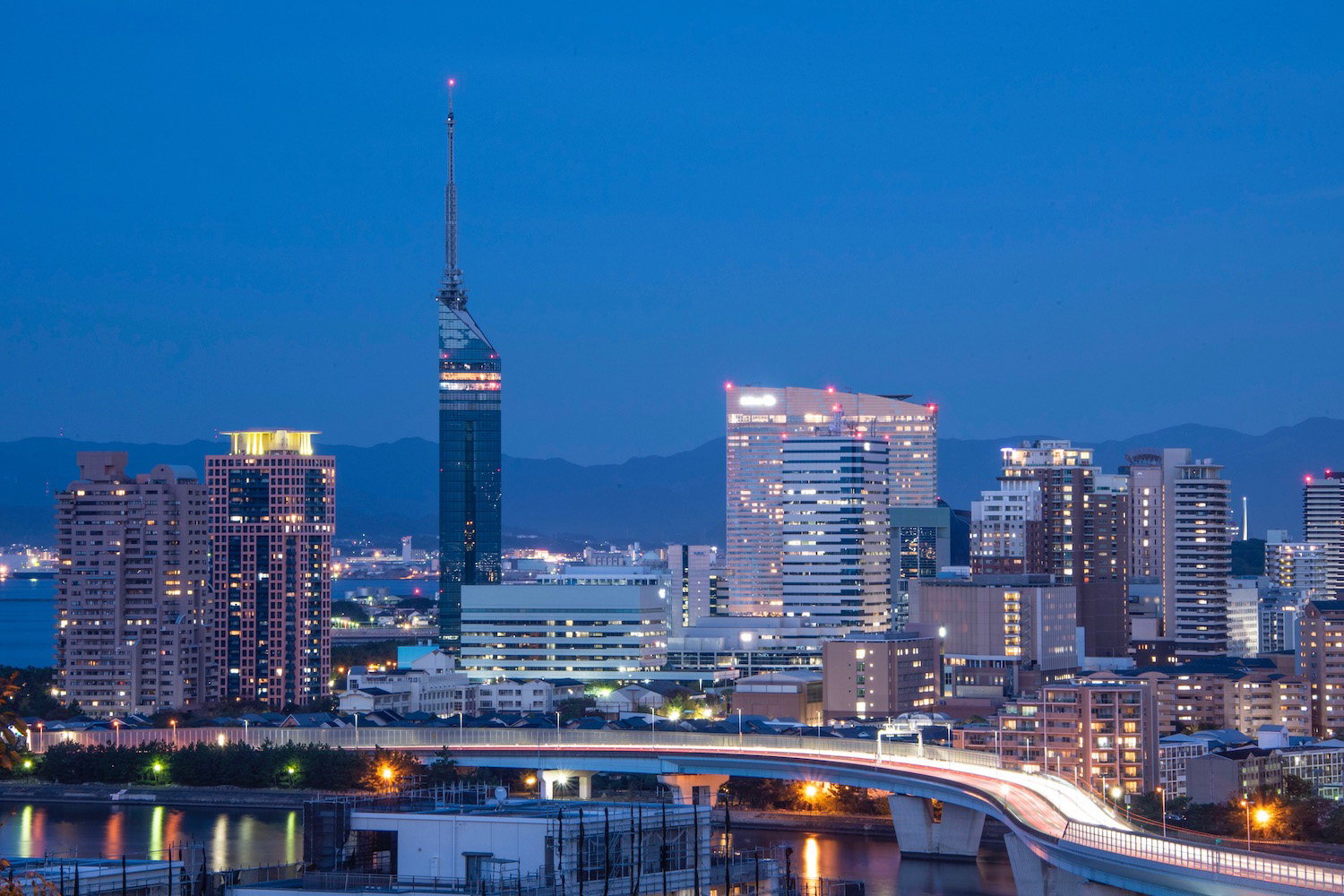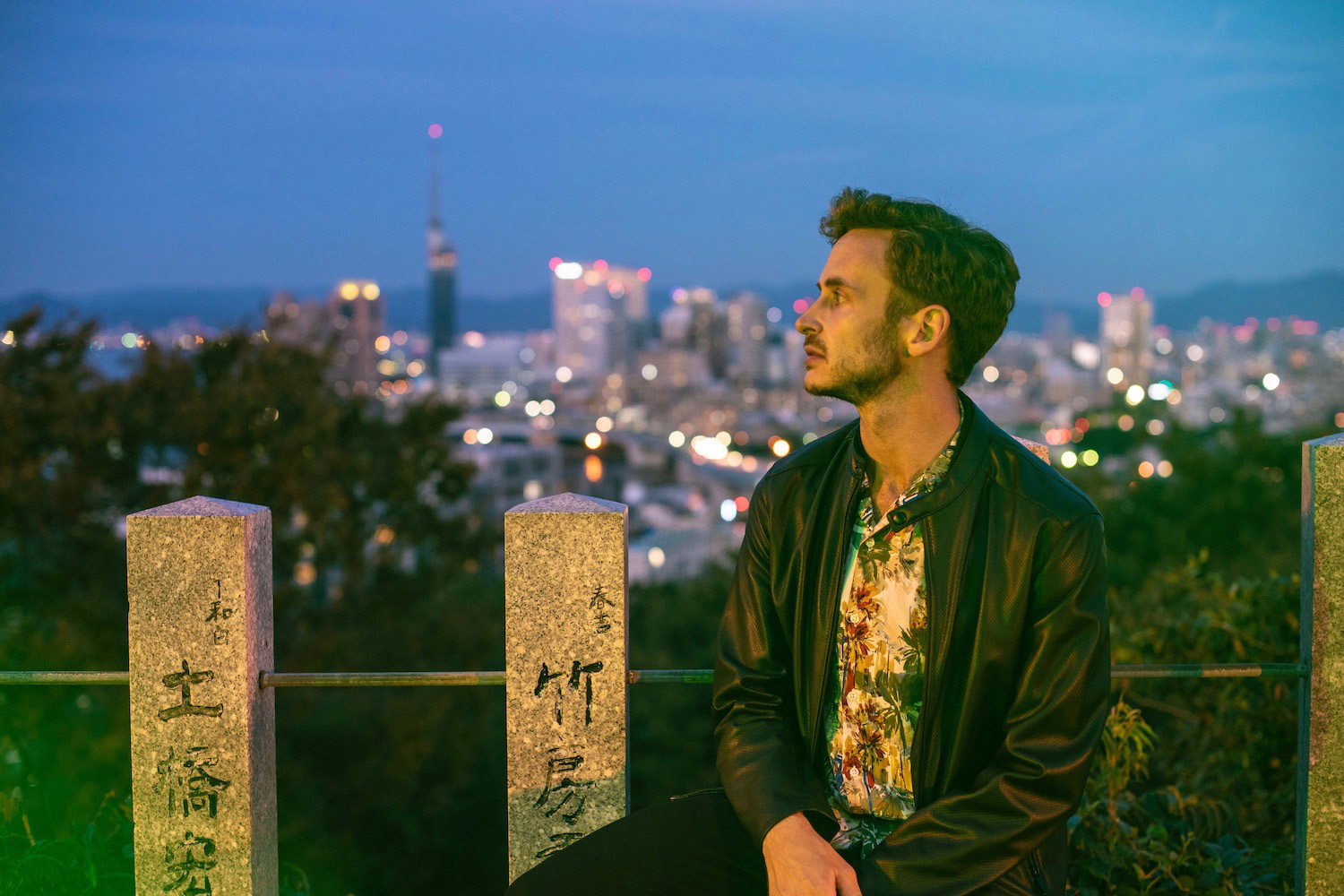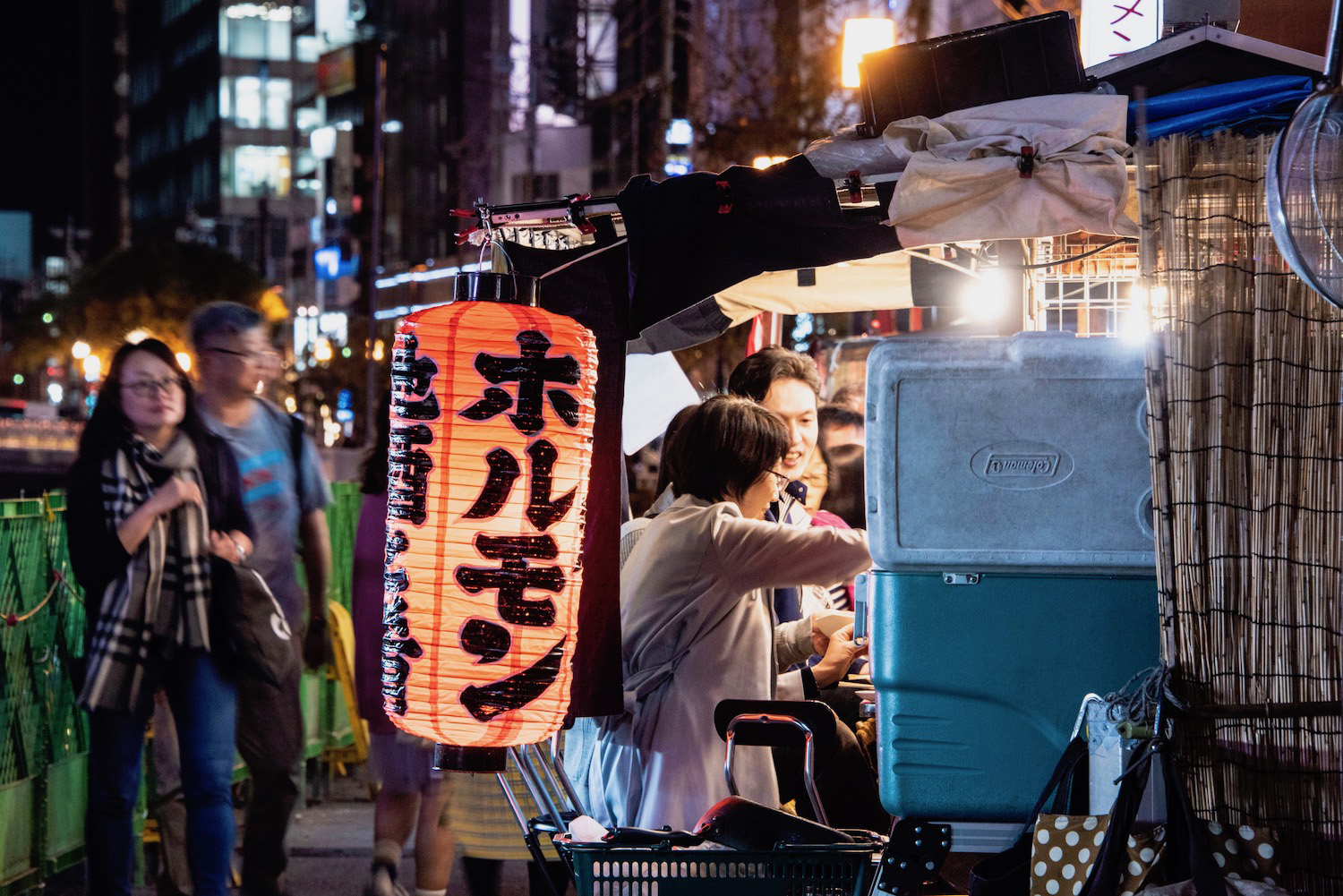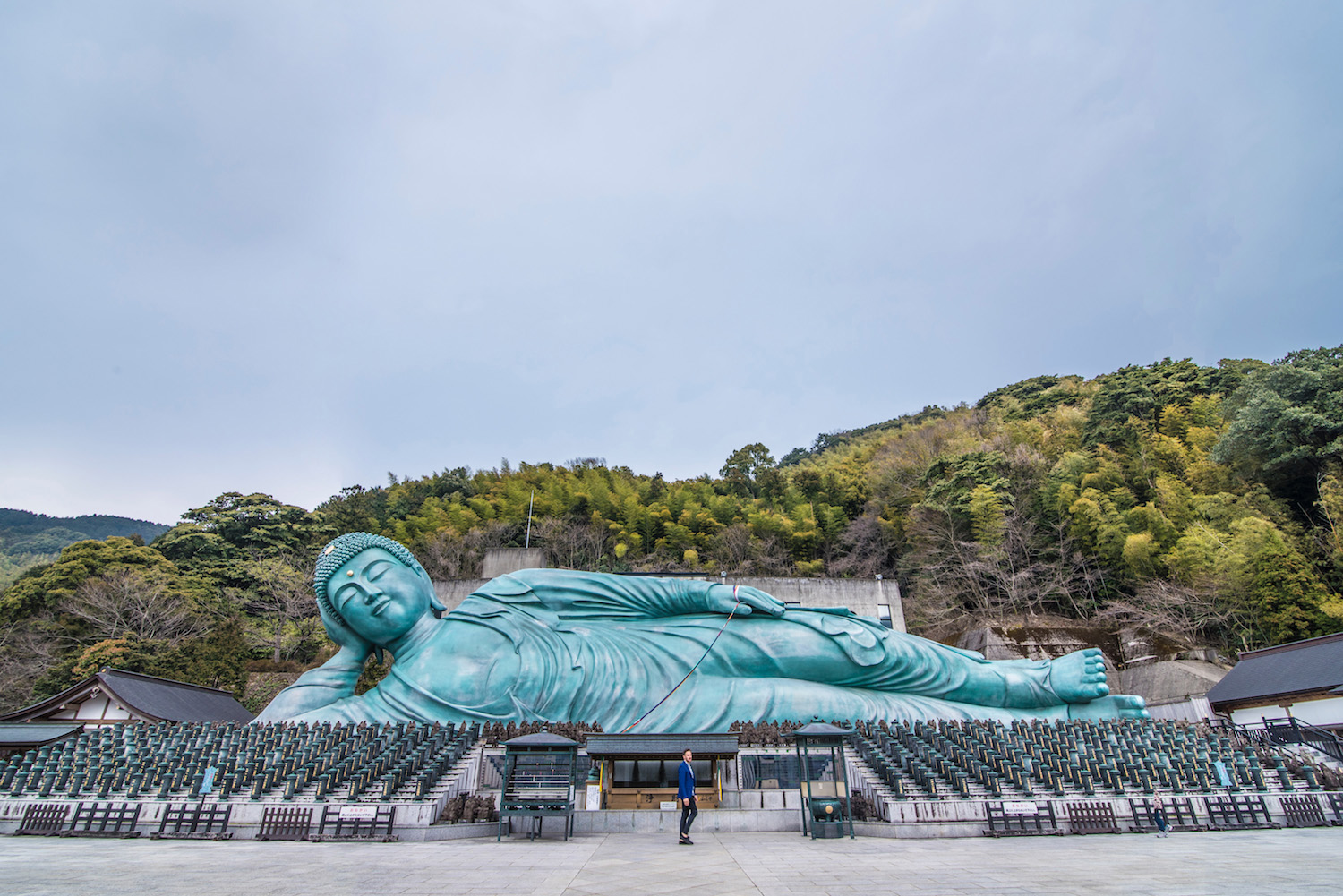Many years ago, before I ever set foot in the city myself, I saw an overarching problem with the Fukuoka itinerary options I saw online. Although Fukuoka is one of Japan’s largest cities, in addition to being the gateway to Kyushu, most bloggers and other Japan experts recommended a touch-and-go trip here, covering only a few points of interest on what was a huge (and, I imagined, rich) map.
To be sure, now that I’ve taken several of my own trips, I’ve assembled an eclectic and in-depth itinerary that extends far beyond the ramen shops and Yatai of Hakata and Nakasu, and adds other top-notch sacred sites to a list that often ends with the reclining Buddha of Nanzo-in. In experience, the top answer for the question of what to do in this city is explore—the trip I outline below invites you to do just that.
It’s my hope that by telling some interesting stories from my trip, rather than simply listing off Fukuoka attractions, I can inspire you to create lifelong memories here, rather than just a few beautiful Instagram posts you’ll forget once people stop liking them.
Where to Stay in Fukuoka
I’m all about location, location, location when it comes to hotels, which is why my favorite place to stay in the city is Tokyu Stay Hakata. A brand-new hotel just five minutes by foot from Hakata Station, the central rail hub of Fukuoka, this hotel is chic and comfortable, in addition to being centrally located. If you don’t mind paying a little more, Miyako Hotel Hakata is a much luxurious alternative, while Hotel Mei allows you to sleep near the station at a lower price.
This is not to say that there aren’t other places worth staying. In particular, I would love to stay in historic Fukuoka Gion—Dormy Inn Hakata Gion looks like it would make a lovely place to base myself. Hotel Grandolce, meanwhile, is a wonderful canal-side accommodation.
My Favorite Things to Do in Fukuoka
Visit Japan’s Other Gion
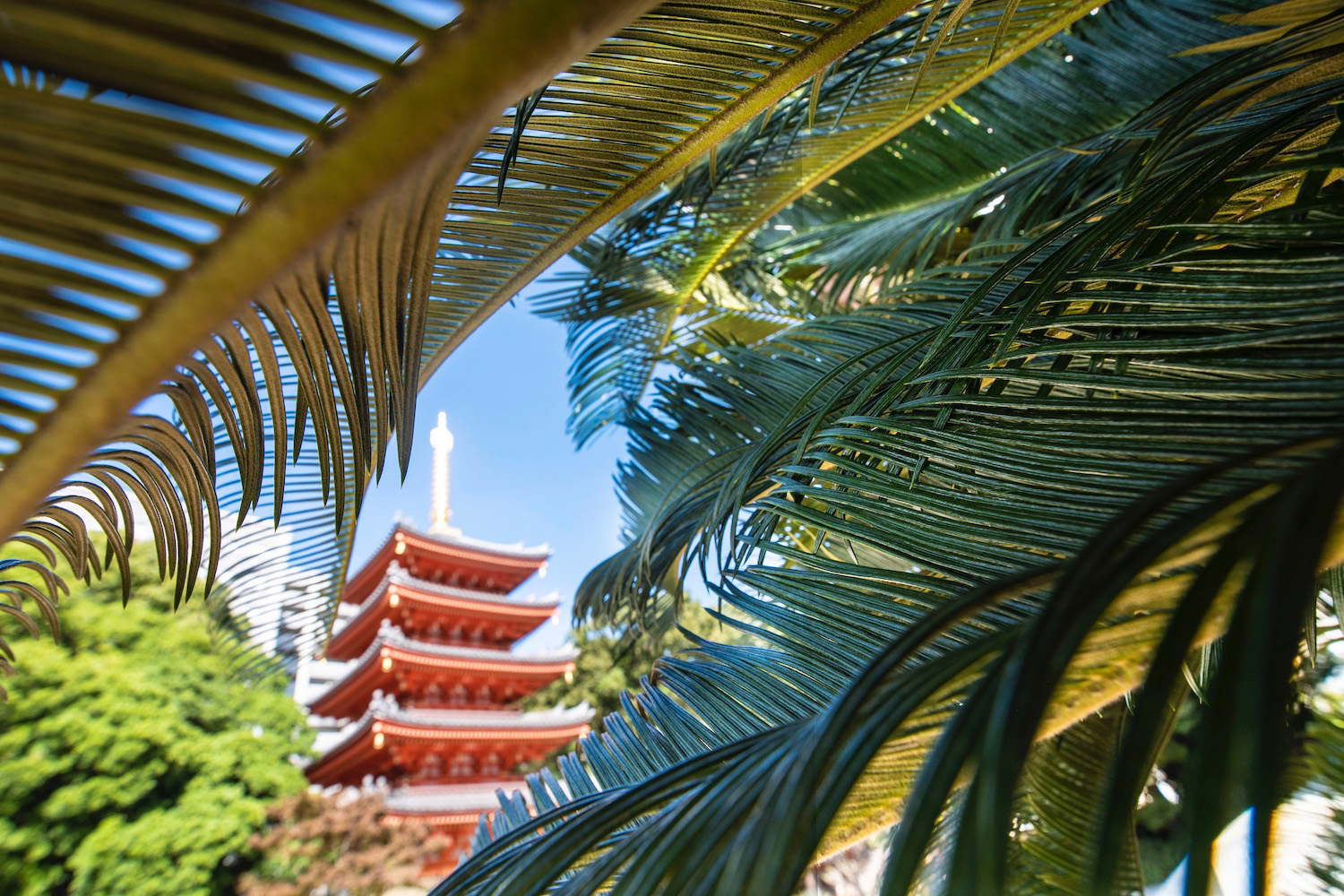
I’m going to talk through this itinerary as my own most-recent trip to Fukuoka progressed, if you don’t mind. Which is to say that after dropping my bags off at my hotel (it was too early to check in), I made a beeline for Gion. In addition to sharing its name with a more-famous district in Kyoto. Gion is also one of the most impressive repositories of ancient architecture and culture in its respective city. Among other highlights, Gion is home to local temples like Tocho-ji and the impressive Kushida Shrine.
Watch Fukuoka Tower Light Up
After finishing up in Gion (and making an unexpected trip to Fukuoka’s Apple store—I forgot the SD card adapter my silly new MacBook Pro necessitates), I rode the Fukuoka Subway westward, stopping first at lush (but underwhelming) Ohori Park and the ruins of Fukuoka Castle, before proceeding to the golden beach of Momoji Seaside Park, which sits at the base of the Tower. By the time night fell, I found myself atop the viewpoint at Atago Jinja shrine, whose outstanding panorama is definitely one of my favorite things to do at night.
Eat Your Way Through Hakata
Making my way back toward Hakata and my hotel, my final stop of my first day was the Yatai food stalls, which sit on the western shore of Nakasu island just steps from Nakasukawabata subway station. If I’m honest, both the food stalls themselves and the Izakaya-style food they serve is underwhelming, although I did enjoy chatting with some Taiwanese lesbians who were just as perplexed and disappointed as I was. Another great place to eat in Fukuoka would be any of the various Hakata-style ramen shops near Hakata Station—my personal favorite is Hakata Issou.
See Japan’s Most Beautiful Buddha
At this point, many a Fukuoka itinerary takes you outside the city, and mine is no different. First up is Nanzo-in, a scenic temple located just to the east of the Airport, which features one of the largest reclining Buddhas in the world, and certainly the largest example of one in Japan. To get to Nanzo-in, which once sat atop Mt. Koya before being moved to Fukuoka around the turn of the 20th century, take a direct Fukuhokuyutaka Line train from Hakata to Kidonanzoin-mae station and walk a few minutes along the path.
Make an Excursion to Karatsu Castle
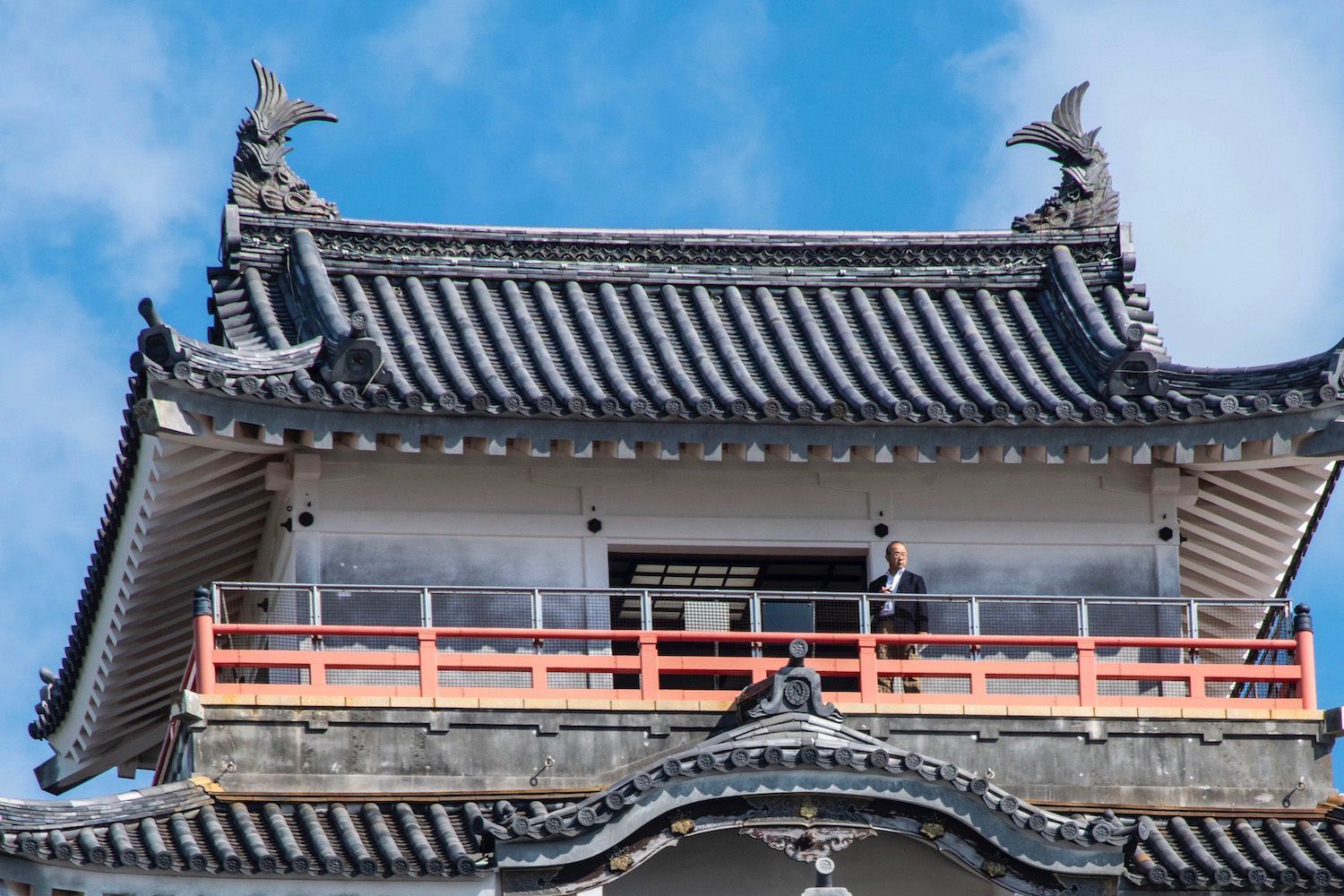
If you want to take a more intensive and all-encompassing road trip, consider riding the train from Fukuoka to Karatsu Castle, which sits over an hour west of Fukuoka, and is actually located in Saga prefecture. Another potential excursion from Fukuoka (I sometimes like to combine this with a morning at Karatsu-jo) is to visit Dazaifu Tenmangu, which is accessible via direct bus from Hakata Station. One of the most beautiful shrines in all of Japan, this is an amazing place to visit just before sunset, amid the light of the golden hour.
How Many Days Should Your Itinerary Last?
Whenever travelers breach the topic of how many days in Fukuoka to spend, I typically respond with questions, instead of a direct answer. Namely, how long do you have in Japan, and will this be your only experience of Kyushu island, or do you plan to delve deeper into it? How many times have you been to Japan? As a general rule, travelers who’ve been to Japan many times, or who have longer in the country tend to spend longer in Fukuoka than first-timers on shorter trips.
Irrespective of where on this continuum you fall, I’d generally recommend spending about 3 days here, which will afford you two days in the city proper, as well as the opportunity to take day trips to Karastsu, Nanzo-in and/or Dazaifu. Of course, you can condense this to two days if you are simply stopping in Fukuoka as you make your way deeper into Kyushu, or even one day if you’re taking a Kyushu day trip from Hiroshima or Shimonoseki.
Is Fukuoka Worth Visiting?
Is the city underrated? Absolutely! Whether because so many people come here only to eat ramen, or because many travelers go a step farther and ignore the city entirely, Kyushu’s largest city is one of the biggest omissions to most Japan trips, to the detriment of everyone involved. Anecdotally speaking, I have never met someone who has visited Fukuoka, then subsequently felt disappointed by their decision to have done so.
On the other hand, it’s important to link your expectations with the amount of time you’ll be able to spend there. For instance, you might not want to think far beyond ramen (or the fare on offer at the Yatai) if you only plan to have a day or so in Fukuoka; you can plot of the best angles for photography amid the temples of Gion if you can spend two, three or more days in Fukuoka, as I ideally recommend.
The Bottom Line
I’ve created this Fukuoka itinerary so that you feel as inspired reading through it as I did after visiting the city several times. And to counter the impression that many other bloggers seem content to give: That Fukuoka is simply a secondary city to tack on to your time in Honshu, or to stopover before exploring more exciting destinations in Kyushu.

Robert Schrader is a travel writer and photographer who’s been roaming the world independently since 2005, writing for publications such as “CNNGo” and “Shanghaiist” along the way. His blog, Leave Your Daily Hell, provides a mix of travel advice, destination guides and personal essays covering the more esoteric aspects of life as a traveler.

